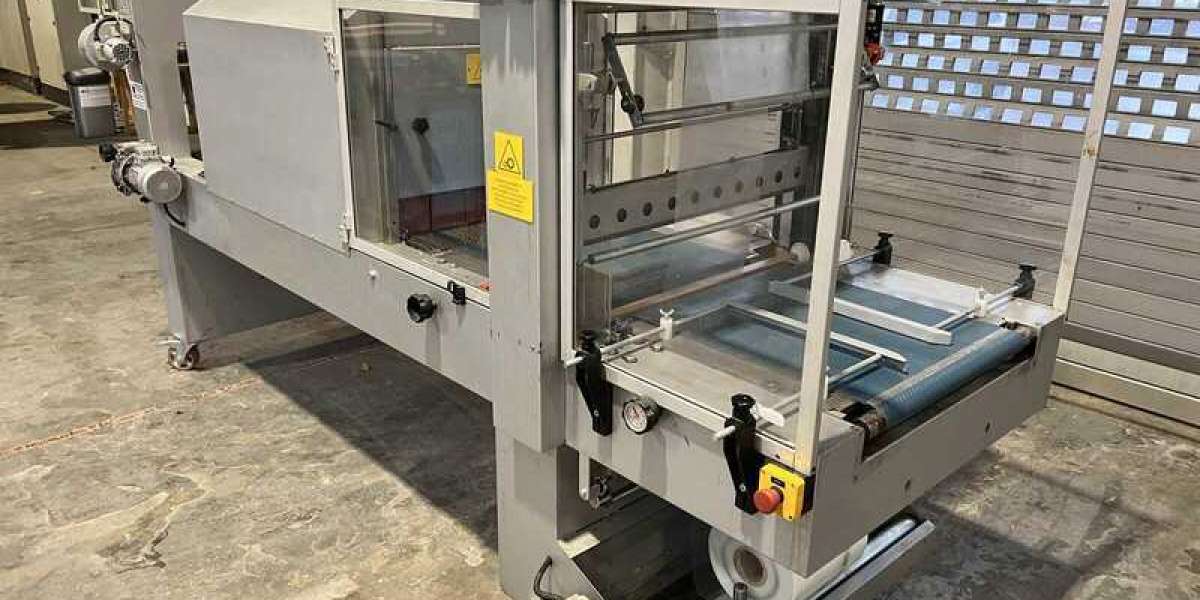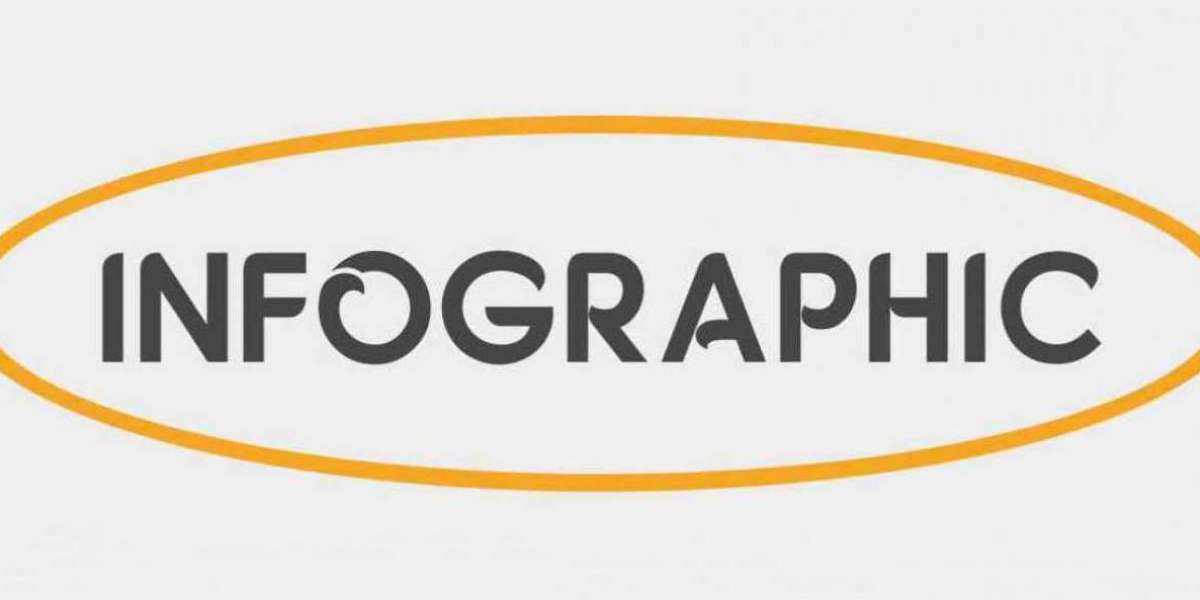Investing in second-hand packaging machines can be a cost-effective solution for expanding production capabilities. However, ensuring their quality and performance requires careful evaluation and considerations. Here’s a comprehensive guide to help you make informed decisions when purchasing second-hand packaging machines:
1. Assessing Machine Condition
Physical Inspection: Conduct a thorough inspection of the machine for any signs of wear, damage, or corrosion. Pay attention to critical components such as conveyors, sealing units, and control systems.
Operational Testing: Request a demonstration or trial run to observe the machine in action. Evaluate its speed, accuracy, and consistency in packaging operations.
Maintenance History: Review maintenance records to understand the machine's maintenance history, including past repairs, replacements, and servicing schedules.
2. Compatibility and Specifications
Packaging Requirements: Ensure the machine meets your specific packaging needs in terms of product size, packaging format (e.g., pouches, bags, bottles), and throughput capacity.
Material Compatibility: Verify that the machine can handle the types of packaging materials (e.g., plastics, laminates, cartons) required for your products.
3. Performance and Efficiency
Production Speed: Determine if the machine’s production speed aligns with your operational requirements to meet production targets effectively.
Quality of Output: Assess the machine's capability to consistently produce packaging that meets your quality standards, including seal integrity and aesthetic appeal.
4. Operational Considerations
Ease of Operation: Evaluate the user interface and controls for ease of use and operator training requirements.
Maintenance Requirements: Understand ongoing maintenance needs, availability of spare parts, and the support offered by the supplier or manufacturer.
5. Regulatory Compliance and Safety
Safety Features: Ensure the machine complies with relevant safety standards (e.g., CE certification) to protect operators and meet regulatory requirements.
Environmental Impact: Consider energy efficiency ratings and environmental regulations regarding emissions and waste management.
6. Supplier Reliability and Support
Supplier Reputation: Choose a reputable supplier known for quality second-hand equipment and reliable customer support.
Technical Support: Ensure the supplier provides comprehensive technical support, training programs, and access to spare parts to minimize downtime.
7. Cost and Value Considerations
Initial Investment: Compare the cost of the second-hand machine with new equipment and other similar used machines in the market.
Total Cost of Ownership: Consider additional costs such as installation, maintenance, repairs, and operational expenses over the machine's lifespan.
8. Testing and Validation
Operational Trials: Conduct thorough operational trials with your specific materials and production requirements to validate the machine’s performance.
Customer References: Seek feedback from other users or references to verify the machine’s reliability, performance, and supplier support.
Conclusion
Investing in Second hand packaging machine requires meticulous evaluation of machine condition, compatibility with production needs, performance capabilities, regulatory compliance, supplier reliability, and overall cost-effectiveness. By following these guidelines and conducting thorough assessments, businesses can acquire quality second-hand equipment that enhances production efficiency, meets quality standards, and supports long-term operational success in the packaging industry.









